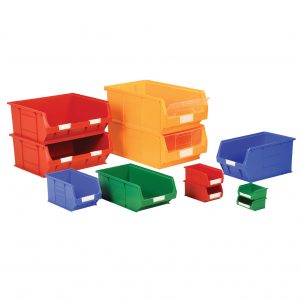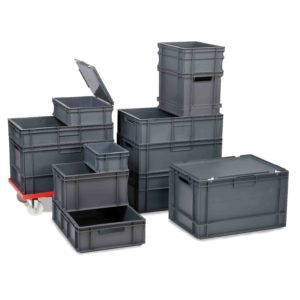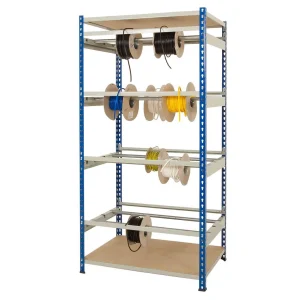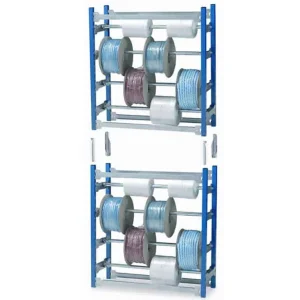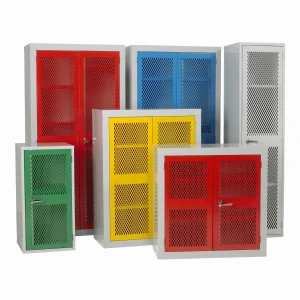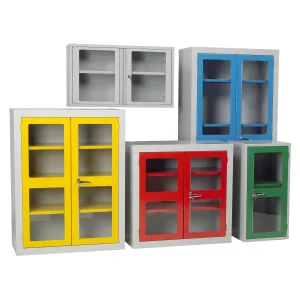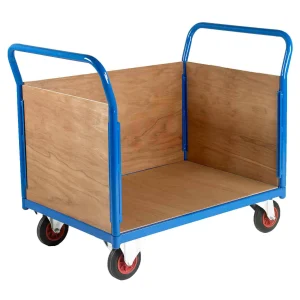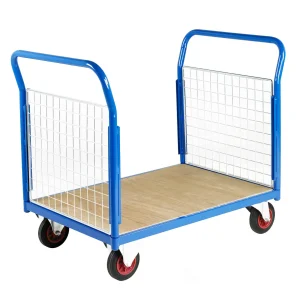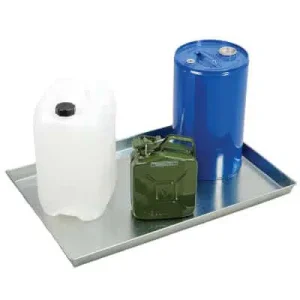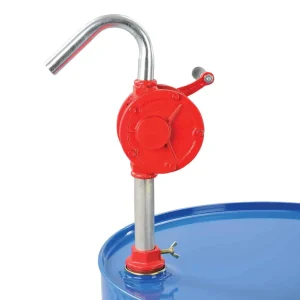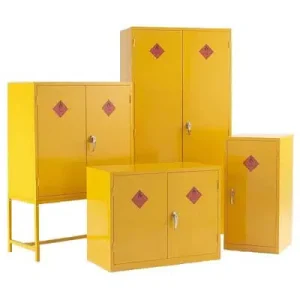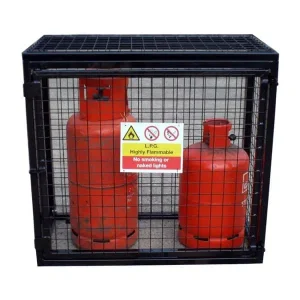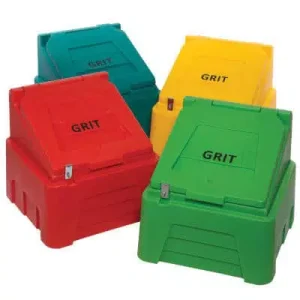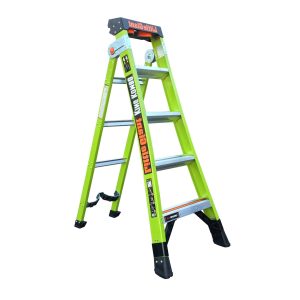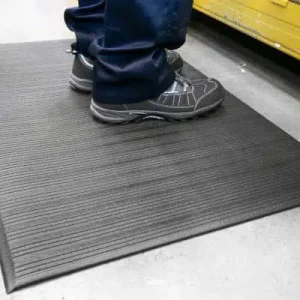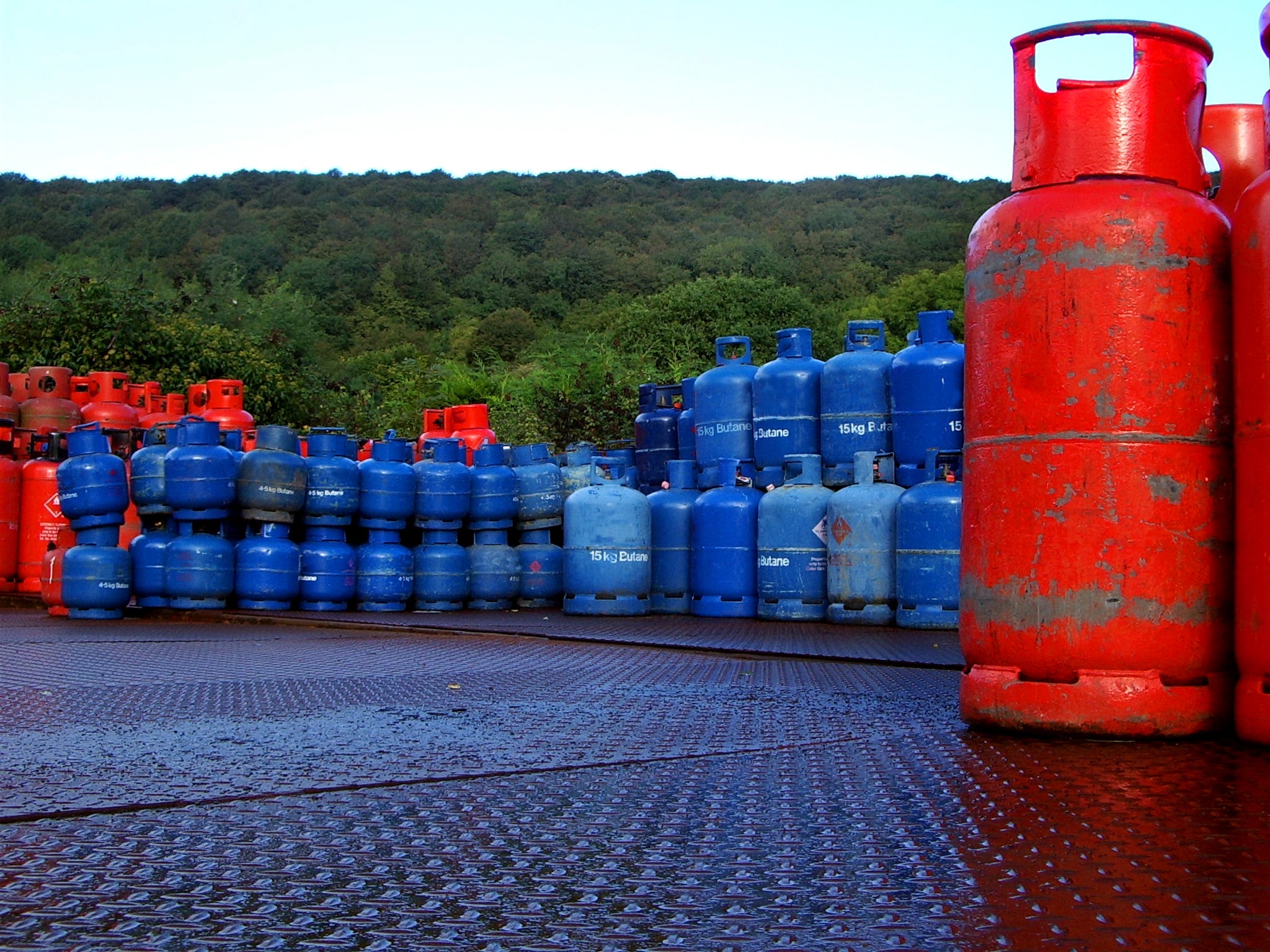
Whether determining your ability to transport a gas cylinder or calculating how much butane or propane you have used, there are simple methods to determine the weight of a full gas cylinder.
In this quick guide, we’ll be explaining how to calculate the full weight via the tare weight and net weight. We’ll also show you the simple maths to figure out how much gas you have left with a weighing scale.
How to Find the Weight of a Full Gas Cylinder
There are two crucial numbers to know in order to calculate the weight of a full gas cylinder, the tare weight and the net weight of gas.
The tare weight will be marked on the cylinder, either on the top or on a label. This is the weight of the empty cylinder alone. It will sometimes be marked as TW, and will not be universal as different manufacturers working in the market produce slightly different cylinder designs.
The weight of the gas within a full cylinder is called the net weight, and will be stated when purchased. This means that the tare weight of the cylinder, combined with the net weight of the contents, will be the full weight of a filled gas cylinder.
When buying a new gas cylinder or having one refilled the weight, if the total weight of the cylinder is lower than these two numbers combined, the cylinder may have been underfilled.
Gas cylinders are sold in a huge range of sizes and weights, with smaller 5 kg or 6 kg options ideal for personal usage, and larger weights offered for industrial or professional environments.

Determining How Much Gas is Left in a Cylinder by Weight
With knowledge of the tare weight, you can easily calculate the amount of gas left within a cylinder. Simply weigh the cylinder, and subtract the tare weight from that number. This will allow you to establish how much of the contents you have used.
To give an example, if you weigh a partially used gas cylinder at 18kgs, and read from its label that it has a tare bottle weight of 15kgs, then there are 3kgs of gas left in the cylinder currently. If it was originally filled with 15kg of gas, this would mean that you have used 12kgs since you started.
Alternative Methods to Weighing
There are other methods for determining the contents other than weighing, detailed in our online guide. A popular option for smaller gas cylinders is to shake them. The gas will be pressurised as a liquid within the cylinder, meaning that you will be able to hear a rough indication of how empty it is.
Another method that can be used on larger bottles is to pour warm water down the side of the cylinder. You can then move your hand down the cylinder, and areas that are empty will be warm, while areas with liquid in them will be cold. This will also give you a rough indication of the remaining levels.
The Weight of an Empty Gas Cylinder
As we stated above, the tare weight, noted on each gas cylinder, will show its weight when completely empty.
When your gas cylinder is empty, you can have it refilled at a number of stations across the UK.

Secure Your Gas Cylinders With Our Storage and Handling Products
We offer a range of gas cylinder storage and handling equipment, from secure cages to handling tools and pallets. Keeping your gas cylinders safe is crucial within a professional environment, and our product selection will allow you to ensure safety during transport and storage.
Our full range of hazardous storage solutions can be delivered across the UK with a low price promise on every item.
